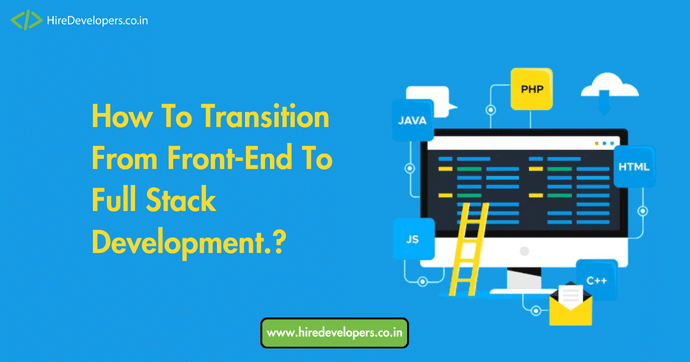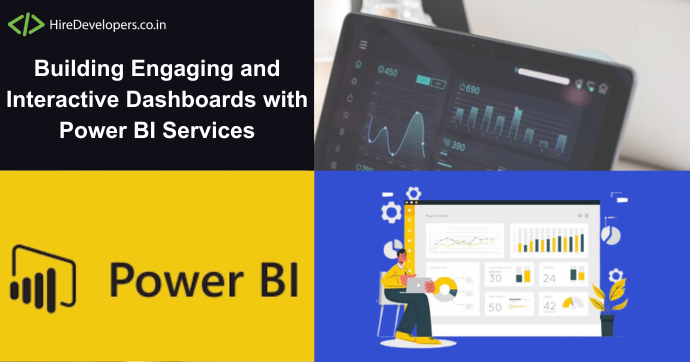December 1, 2024
How to Write an Effective Business Requirements Document (BRD)

Creating a Business Requirements Document (BRD) is an essential task in Business Analysis. It serves as a detailed guide that outlines all the necessary Business Requirements for a project or a business initiative. Writing a BRD that is clear, organized, and easy to understand ensures that both the business and technical teams are aligned on the goals, scope, and expectations of the project. In this article, we will explore how to write an effective requirements document, helping you craft a document that communicates the needs of the business in a structured way.
What is a Business Requirements Document?
A Business Requirements Document is a formal written statement that describes the expected outcome of a project or initiative. This document highlights what the business wants to achieve and provides a detailed understanding of the business’s needs. It serves as a reference point for both the business team and the technical team, ensuring everyone has the same expectations for the final outcome. An Effective Documentation process ensures that the BRD is easy to understand, free of ambiguity, and covers all essential points.
What Should a BRD Include?
A BRD acts as a bridge between the business and the technical teams. It is written in a way that is clear to everyone, especially the business stakeholders who may not be familiar with technical jargon. It translates the needs of the business into a format that technical teams can work with when designing and implementing solutions.
Do you want to hire a content writer to write a business requirements document
A well-crafted BRD captures the following critical elements:
1. Project Summary and Background
This section provides an overview of the project, explaining its purpose and goals. It helps readers understand the context and reasoning behind the project, setting the stage for what follows.
2. Project Scope
The scope defines the boundaries of the project. It specifies what will be included and what will be excluded. This is crucial to avoid scope creep and ensure that the project remains focused on its objectives.
3. Operating Model
This section outlines how the business currently operates and how it plans to function in the future. It may include details about existing processes and how they are expected to change after the project is implemented.
4. Project Governance
Governance describes the structure and rules for managing the project. It includes the roles and responsibilities of the stakeholders and teams involved, ensuring that everyone knows who is accountable for what.
5. Business Process Model
The business process model breaks down how the business operates on a day-to-day basis. It details the workflows, interactions, and systems that are involved in delivering the business’s products or services.
6. Use Cases
Use cases provide specific examples of how the system or solution will be used once the project is completed. These scenarios help to clarify how the requirements will be applied in real-world situations.
7. Assumptions and Constraints
This section lists any assumptions made during the planning of the project, as well as the constraints that may limit its execution. These factors help set realistic expectations for the project’s delivery.
8. Prioritized Requirements
Not all requirements are created equal. This section prioritizes the requirements, ensuring that the most important ones are addressed first.
9. Success Metrics
Finally, success metrics are used to measure whether the project has achieved its goals. These metrics are determined upfront to provide a clear understanding of what success looks like for the business and stakeholders.
The BRD is a vital document that ensures the successful alignment of business needs with technical solutions. It brings clarity, structure, and focus to the project, ensuring that everyone involved understands the goals, requirements, and steps necessary for success.
Importance of Writing Clear Business Requirements
Clear Business Requirements are vital for the success of any project. They set the foundation for the development and implementation of a solution. Poorly written requirements can lead to misunderstandings, project delays, and even failure.
The BRD is designed to take the reader through a journey—starting from a broad view of the business processes and narrowing down into the detailed requirements that must be fulfilled. This clarity ensures that everyone is on the same page, reducing the chances of misunderstandings and errors during the execution of the project.
The document not only captures what needs to be done but also outlines how success will be measured and what constraints may impact the project’s delivery. It acts as a comprehensive guide for project managers, designers, architects, and developers throughout the lifecycle of the project.
By focusing on Requirements Documentation, businesses can avoid miscommunication between stakeholders and ensure that the final product meets their needs.
Steps to Writing an Effective Business Requirements Document
To write an Effective Business Requirements Document, follow these steps:
1. Understand the Business Needs
Before you begin drafting the BRD, it is crucial to fully understand the business’s objectives and the problem it aims to solve. Work closely with stakeholders to gather all relevant information about their needs and expectations. This step is essential in Business Analysis, as it helps define the scope of the project.
2. Define the Scope Clearly
Clearly outlining the scope of the project is key to preventing scope creep, which can lead to confusion and additional work. A well-defined scope ensures that everyone knows what is included and what is excluded from the project.
3. Write Detailed and Simple Requirements
When documenting the requirements, make sure they are specific, measurable, achievable, relevant, and time-bound (SMART). Keep the language simple and avoid jargon to ensure that everyone, including non-technical stakeholders, can understand the document.
4. Include Visuals Where Necessary
Incorporating diagrams, flowcharts, or other visuals can help clarify complex points. Visuals can often communicate information more effectively than words, especially when explaining technical processes or workflows.
5. Review and Revise
Once the BRD is drafted, it’s essential to review it with key stakeholders to ensure that all requirements are captured accurately. Revisions may be necessary to clarify points or update the document based on feedback.
Read this to know the difference between AIops and MLops
Conclusion
Writing an Effective Business Requirements Document is a critical part of ensuring the success of any project. By focusing on clear and concise Requirements Documentation, businesses can align all stakeholders on the goals of the project, avoid misunderstandings, and deliver a solution that meets their needs. Always remember, the more time spent on creating a clear BRD, the smoother the project execution will be.
Tags-:





